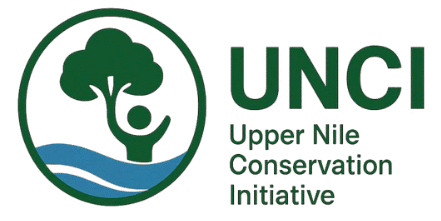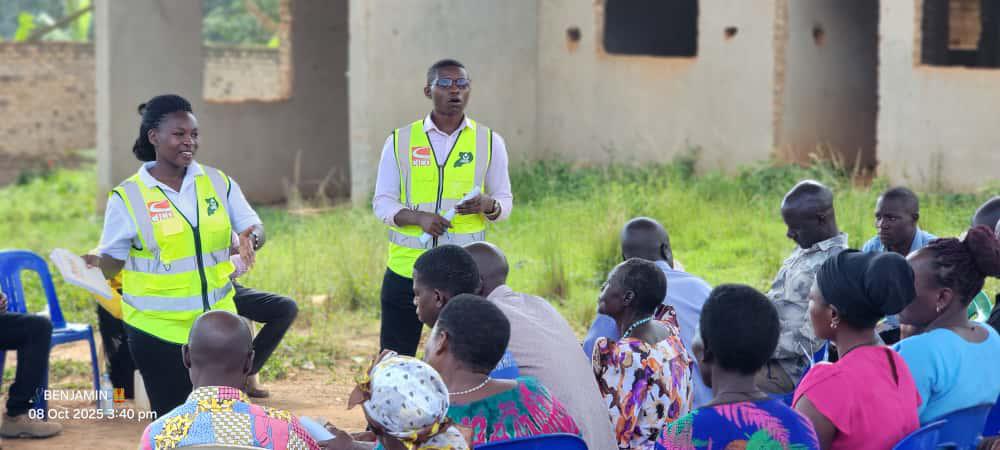
Upper Nile Conservation Initiative
A healthy, skilled, and empowered Ugandan society living in harmony with a protected and sustainable environment.

Upper Nile Conservation Initiative
A healthy, skilled, and empowered Ugandan society living in harmony with a protected and sustainable environment.

HIV/AIDS remains one of the biggest health problems in Uganda today and the leading cause of death for adults and gravely affects all sectors of the economy.
The national HIV estimates show that there were 1,460,000 people living with HIV in 2019. HIV incidence per 1,000 uninfected people of all ages was 1.4, but it was substantially higher in specific sub-populations and locations. The national estimates put HIV prevalence at 5.8% (7.1% among women and 4.3% for men). Among young people aged 15-24 years, HIV prevalence is 2.8% and 1.1% among young women and young men, respectively. The estimates also indicate that 53,000 people were newly infected with HIV: 5,700 children aged 0 to 14 years and 48,000 adults aged 15 years and older (among them, 28,000 women aged 15 years and older). Among older adolescents and young people, HIV prevalence is almost four times higher among females than males. (National Strategic Plan 2020/21-2024/25). Whereas all data sources indicate declining HIV prevalence and incidence for more than a decade, there are wide variations by region and district: most parts of the central and western areas of the country and the south-west region report higher rates. The same is true of urban and rural variations.
The Lango sub region has a prevalence rate of 7% higher than the national average of 5.8%, a situation which may escalate with labor influx to the project activities. This will call for concerted efforts to help communicate behavioral change, to create health-seeking behavior, and fight stigma.
Transport can connect areas of high and low prevalence. Building of transport and other infrastructure often involves mobility of construction workers, engineers and communities. This brings people into situations which increase their vulnerability to HIV transmission; a vulnerability that is particularly acute in areas of high poverty. However, road projects also provide an opportunity for focused education to both the workforce and the local community of the dangers of HIV/AIDS and methods to reduce the risk of infection.
Upper Nile Conservation (UNCI) was nominated as consultant to undertake consultancy services for awareness creation and management of risks associated with HIV/AIDS on the North Eastern Road-Corridor asset Management Project. Consultancy services will aim at awareness creation and sensitisation campaign of HIV/AIDS under NERAMP Lot 1 and 2, Lot 1 (Tororo – Mbale – Soroti Road (150.8km), Lot 2- Soroti – Dokolo – Lira – Kamdini Road (189.4km)
The risk groups on this project are: Adolescent girls (76%), young women (65.8%), people who abuse drugs (30.5%), bar attendants (32.4%) and sex worker (26.3%). Our methodology aims at supporting the above categories. UNCI engages the parents, teachers and community leaders into this endeavour, different fora will be used to reduce fear, fight stigma and sensitize the larger community about the general health risks of HIV/AIDS as well as instruments and strategies to overcome these risks.
The objectives of the project include:
Mitigating Workforce-Related HIV Risks
UNCI is implementing standardized guidelines to reduce HIV risks associated with worker influx. The project is reinforcing the existing code of conduct to prevent HIV/AIDS infections among workers. UNCI is supporting a worker-led HIV prevention program, providing education on Uganda’s legal and institutional frameworks, prevalence data, and practical strategies for managing risks on road projects.
Community HIV/AIDS Prevention
UNCI is conducting rapid assessments of HIV prevalence in the project areas, identifying populations at risk, mapping services, and reviewing existing preventive mechanisms. Based on these assessments, UNCI is developing and implementing community prevention programs that focus on:
UNCI is producing and distributing IEC materials approved by the Ministry of Health or AIDS Commission. The project is conducting sensitization activities in roadside communities, engaging local CBOs, NGOs, district technical teams, religious leaders, boda boda riders, landlords, and other community actors. UNCI is also facilitating referrals to existing HIV/AIDS care and support services. Regular awareness meetings are being held for all project workers, subcontractors, service providers, and food vendors, including induction sessions for new staff.
Coordination with key stakeholders
UNCI is strengthening mechanisms to monitor the project’s HIV/AIDS risk management, including conducting community feedback sessions. The initiative is collaborating with district and local stakeholders to support coordination, monitoring, and advocacy for sustainable HIV/AIDS interventions along the project corridor.
Knowledge Transfer and Capacity Building
UNCI is assessing the capacities of local government staff, CBOs, contractors, and service providers involved in HIV/AIDS prevention. The project is developing participatory capacity enhancement plans, delivering training and knowledge transfer, monitoring progress, and updating strategies based on quarterly reports to ensure continuous improvement.
To improve the quality of life and resilience of communities in Uganda through inclusive and sustainable health, education, environmental, and HIV/AIDS interventions.
Don’t miss our future updates! Get Subscribed Today!